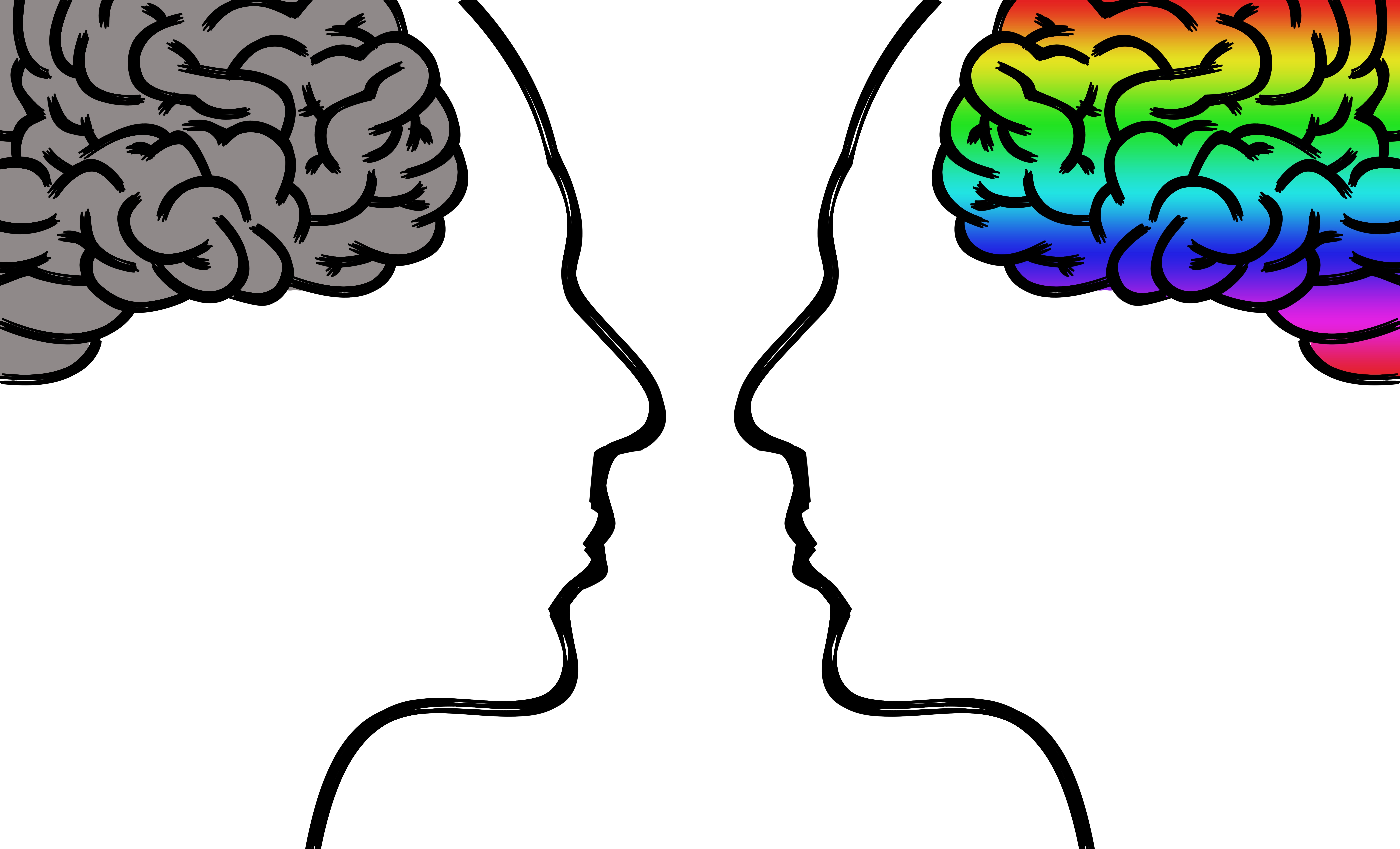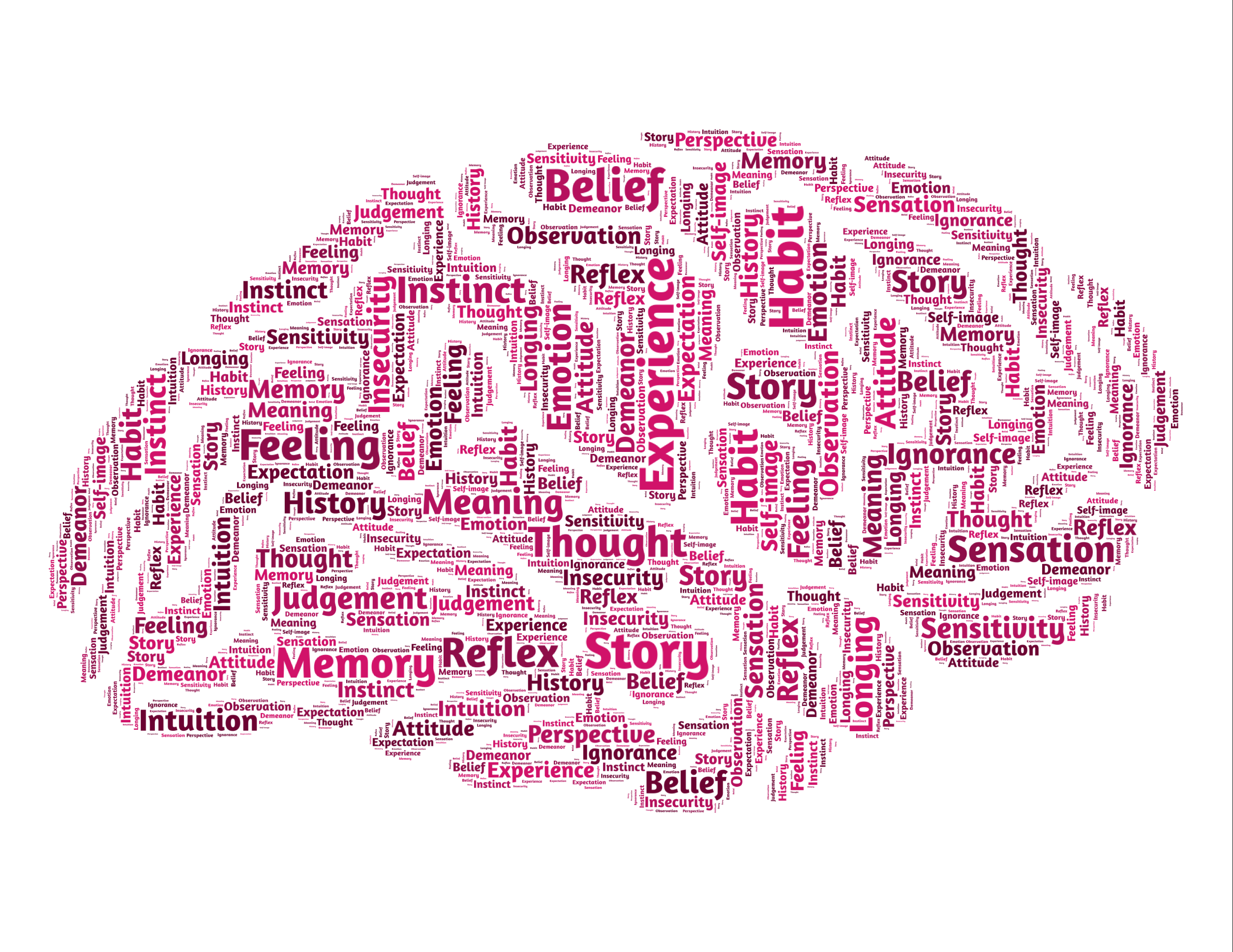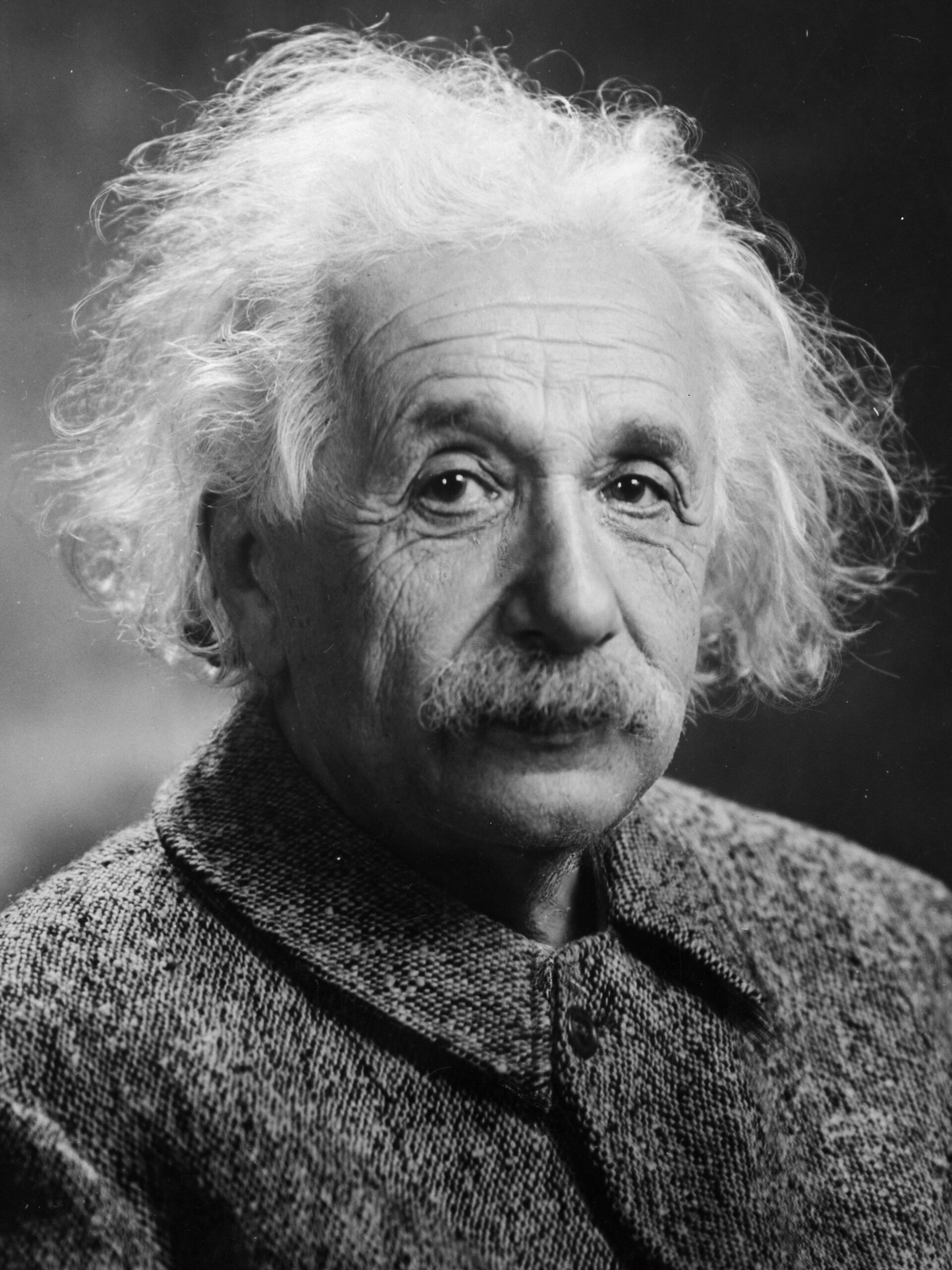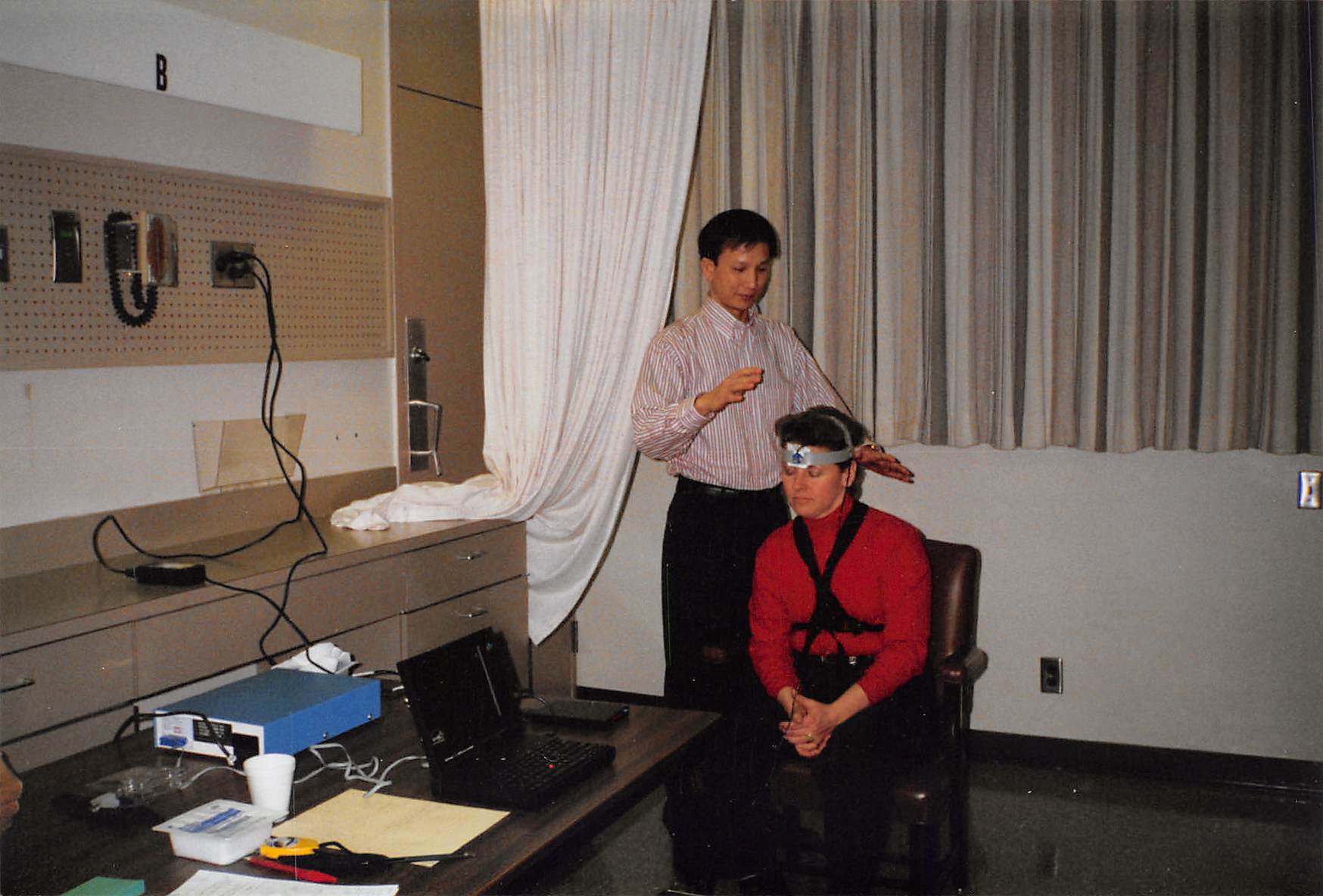Is Qigong a Science?
Qigong is the science of the body. Many people also consider it a “healing art” or “energy art.” There have been many medical studies done on qigong. Qigong has been found to be beneficial to helping improve health and wellness, and researchers often recommend further research.
Here at Spring Forest Qigong, we agree with this diagnostic. There are many aspects of qigong that are not able to be explained by modern science today, but we think further research will be highly enlightening.
From a historical standpoint, qigong has been around for thousands of years. It has gone through many centuries of continuous improvement – a scientific process of trial and error, so to speak.
Spring Forest Qigong has synthesized the best of these ancient teachings with principles from modern-day science, creating a multidimensional system for better health and wellness.
How can Spring Forest Qigong practitioners move energy in their own bodies?
To answer this question, we will first look at the scientific perspective, and then we will examine Spring Forest Qigong’s principles.
The Scientific Perspective
Mental visualization is a key component of SFQ so we will start by examining the brain.
For a long time, it was thought that the adult brain can’t change. In the 1990s, neuroscientists found that the brain’s structure and activity can morph in response to experience.
How Our Ever-changing Minds Work
Dr. Michael Merzenich, PhD, professor emeritus neuroscientist at the University of California, San Francisco, conducted several important experiments in the early 1990s. A 1993 experiment split monkeys up into two groups. Both groups were exposed to two stimuli at the same time:
- a device that tapped on the monkeys’ fingers
- sounds heard through headphones
One group was rewarded when they focused on the tapping on their fingers. The other group was rewarded when they focused on the sounds. After six weeks, the scientists compared the monkeys’ brains.
In the first group, the somatosensory region (which processes information from the fingers) doubled or tripled. In the second group, a region of the auditory cortex (specifically, the region that processes the frequency they heard) increased.

“We choose and sculpt how our ever-changing minds will work, we choose who we will be the next moment in a very real sense, and these choices are left embossed in physical form on our material selves.”
– Dr. Merzenich
Placebo Effects?

Further research, specifically research on the placebo effect, has helped bring attention and credence to the Dalai Lama’s hypothesis that pure thought can change the brain’s activity, its circuits, or even its structure.
Fabrizio Benedetti, MD, winner of the British Medical Association’s Highly Commended Book Award, and respected placebo researcher has published over 200 academic articles. In an academic article titled “How Placebos Change the Patient’s Brain,” Benedetti asserts that placebos are not inert substances. Inert substances help with the administration of placebos by reducing the amount of external variables. They can be viewed as a placeholder.
Instead, the placebo is “administration within a set of sensory and social stimuli that tells the patient that a beneficial treatment is being given.” In other words, the placebo is the process of telling the patient that a treatment will help them.
According to Benedetti, neurobiologists are interested in improvements that come from active processes occurring in the patient’s brain. Thus, the placebo effect is treated as a psychobiological phenomenon occurring in the patient’s brain.
What happens if you tell a patient a treatment will help them (even when you know the treatment will not have any physical effects on them)? In a nutshell, this is one of the main questions placebo research is trying to answer.
What Happens in Your Brain Can Affect What Happens to Your Body
Today, placebos are an active and productive field of research. Benedetti states, “we now know that there is not a single but many placebo effects, with different mechanisms and in different diseases, systems, and therapeutic interventions. In other words, different processes may be at work in the patient’s brain in different conditions.”
Modern placebo research ties together many different scientific concepts and areas to help understand the various known placebo effects. This makes it a difficult field to study, but also a very rewarding one for medical and scientific advances.
We now have a growing body of evidence that what happens in your brain can affect what happens to your body.
Return to the Human Body Energy.

Having examined the brain, we now return to the question of energy in the human body.
The human body has its own electricity field. The most well-known electrical current within the body is the heart rhythm. When the nervous system sends signals to the brain, electricity carries those messages.
According to the Mayo Clinic, your brain cells communicate via electrical impulses. Modern science can measure brain activity using an EEG, or electroencephalogram.
The Dalai Lama has been lending monks and lamas (a term similar in meaning to guru) to neuroscientists for scientific studies on how meditation alters brain activity. All experienced meditators who participated in studies had practiced meditation for at least 10,000 hours. Many underwent meditation training for up to 50,000 hours over time periods ranging from 15 to 40 years.
One well-known study was conducted in 2004 by Dr. Richard Davidson, Ph.D., one of the world’s top 100 most influential people in 2006 (Time magazine), and a receiver of the Distinguished Scientific Contribution Award from the American Psychological Association (for lifetime achievement).
In the study, 8 experienced meditators/monks and 10 healthy volunteers received a crash course in a form of meditation called nonreferential compassion. This form of meditation focuses on unconditional loving-kindness and compassion toward all living beings. All subjects meditated an hour a day for one week prior to observation.
EEGs measured an increase in gamma waves in study participants. Gamma waves, a type of brain wave, appear when the brain visualizes objects; the brain brings together different features of an object such as look, feel, sound, and other attributes. Scientists also believe gamma waves are likely involved in long-term memory and cognitive task performance.
The volunteers exhibited a slight but significant increase in the gamma signal. When meditating, the monks were observed to have the highest known gamma activity recorded that was not linked to disease. In between meditations, the gamma activity in the monks was still at a high level.
Comparing the brains of the monks and the novices led to a very interesting discovery – the monks’ brains had greater activation in brain regions linked for compassion and empathy. Monks with the most hours of meditation were observed to have the most dramatic brain changes.
“Our functions clearly indicate that meditation can change the function of the brain in an enduring way,” said Dr. Davidson. Dr. Davidson and his colleagues also hypothesized that there will be differences in brain function associated with different types of meditation.
Modern science has made a lot of progress in the last few years in many areas. We are furthering our understanding of neural networks, deep learning, artificial intelligence, the placebo effect, and neuroscience. More research in these areas will aid in our mastery of the brain, and, by extension, qigong.
Spring Forest Qigong Principles

One of the foundations of Spring Forest Qigong is the fact that everything in the universe is energy. Ailments are caused by blockages of energy in the body. Spring Forest Qigong can help with energy flow and can transform energies, for example cancer energies. Theoretical physicist Albert Einstein said “energy cannot be created or destroyed, it can only be changed from one form to another.” In fact, the conservation of energy is a law of physics.
Balance of Yin and Yang Energy

Above: Master Chunyi Lin in a medical study in the 90’s
Another core component of qigong is the concept of qi. Qi is often referred to as “energy.” Unfortunately, this is an oversimplification. Qi is a very broad concept that symbolizes the “universal life force,” but it refers to different things in different contexts. A few examples: in semen (the male reproductive fluid), qi would refer to sperm, which is necessary to fertilize eggs and create life. In this case, a lack of qi could mean a low sperm count. In the context of nutrition, a lack of one or more essential nutrients for health would be equivalent to a lack of qi.
In the context of healing, modern science is currently unable to define what qi is. We suspect further research on the brain and gamma waves as well as further research on the human body’s electric field and subatomic particles may be tremendously enlightening.
Spring Forest Qigong also emphasizes the balance of yin and yang energy.
One way to conceptualize yin and yang energy is to relate it to negative and positive energy and/or energy charges. Yin and yang are actually very broad terms that are used to help symbolize balance. We see many examples of balance in our natural world, and there are many scientific concepts that equate to balance.
For example, in the world of theoretical physics, protons and electrons are elementary particles which have equal but opposite charges. Elementary particles have corresponding antiparticles. The antiparticle of the electron is the positively charged positron, and the antiparticle of the proton is the antiproton.
Science has shown that physical changes to the body can change the brain and the mind. Recently, it has also shown that thoughts have the potential to change the brain and even the body. At SFQ, we strongly believe that more scientific research in multiple disciplines will help us paint a fuller picture of why Spring Forest Qigong is so effective.
